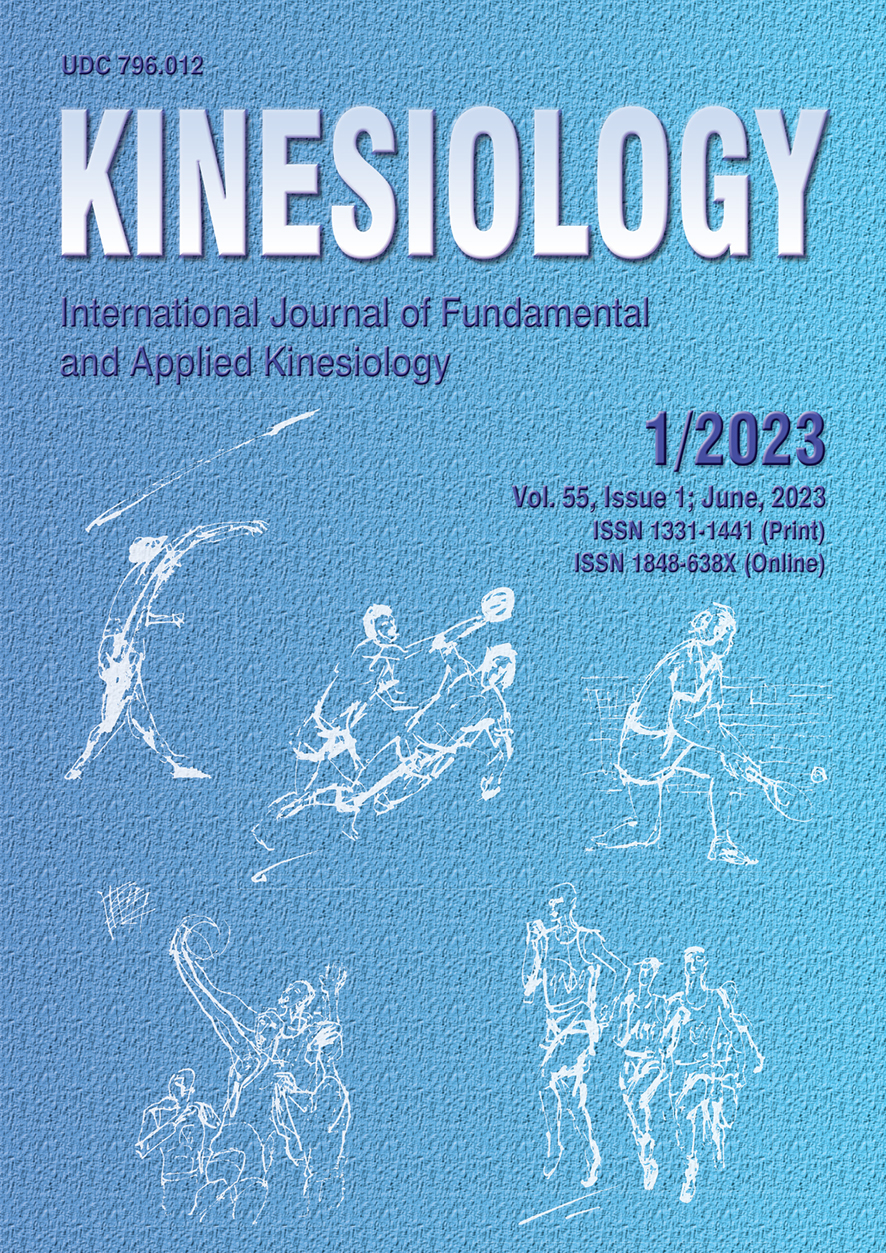RELATIVE AGE EFFECT IN YOUNG COMPETITIVE TENNIS PLAYERS
Abstract
The purpose of this study was to examine the presence of the relative age effect (RAE) in young tennis players. Data from a sample of all ranked (n= 3463) and licensed (n= 29150) players in consecutive age groups (10- to 17-year-old) were collected from the official web page of the national federation. They were assigned to four quartiles according to the month of birth: a) Quartile 1 = January-February-March, b) Quartile 2 = April-May-June, c) Quartile 3 = July-August-September, d) Quartile 4 = October-November-December. The players aged between 10 and 17 years affiliated with the national federation were assigned as theoretically expected distribution. The results revealed that 70%, 60.1%, and 56.6% of the top 10, 50, and all ranked players were born in the first half of the year, respectively. However, the results from the chi-square test of goodness-of-fit showed significant RAEs only in the distributions of all ranked and top 50 players at the age of 10 and 11 correspondingly. These results may suggest that RAE exists among young tennis players who are in their early adolescence years.
Key words: racket sports, talent identification, biological age, physical growth, maturation
Downloads
Published
How to Cite
Issue
Section
License

This work is licensed under a Creative Commons Attribution-NonCommercial 4.0 International License.
At Faculty of Kinesiology we recognize that access to quality research is vital to the scientific community and beyond. Kinesiology is non-profit journal and all costs of publishing and peer review process are covered by the publisher itself or other funding sources like Ministry of Science and Education of the Republic of Croatia. Full text papers are also available free of charge at http://hrcak.srce.hr/kineziologija. There are no restrictions on self archiving of any form of paper (preprint, postprint and publisher's version).
Articles are distributed under the terms of the CC BY - NC 4.0
Kinesiology does not charge any fees to authors to submit or publish articles in our journal.


